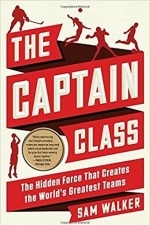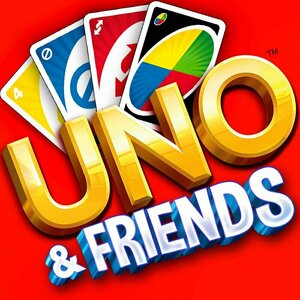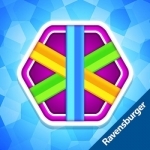
Democracy in Chains
Book
An explosive exposé of the right’s relentless campaign to eliminate unions, suppress voting,...
History Politics

MapAlerter
News and Utilities
App
MapAlerter is a local authority alert service for people living in Ireland who want to receive...

Nightmares from the Deep™: Davy Jones, Collector's Edition HD (Full)
Games and Entertainment
App
Reveal Davy Jones’ darkest secrets and defeat the nefarious sea devil once and for all! Museum...

Hidden City®
Games and Entertainment
App
#1 Most Popular Hidden Object Game In the World! Get ready for a journey unlike any other! Mirages...

The Captain Class: The Hidden Force That Creates the World's Greatest Teams
Book
From the founding editor of The Wall Street Journal's sports section comes a bold new theory of...
business sports

UNO ™ & Friends
Games and Entertainment
App
UNO ™ & Friends: Fast fun for everyone! UNO ™, the world's most beloved card game, introduces a...

The Mystery of the Crystal Portal 2: Beyond the Horizon HD (Full)
Games and Entertainment
App
NOTE: If your game gets stuck on the “Continue to Game” screen after updating to iOS 10, please...

Take It Easy
Games and Entertainment
App
It’s a puzzle, it’s a brain teaser and it’s a game! It’s all three and much more! It is...

Boom Beach
Games
App
Welcome to Boom Beach: come with a plan or leave in defeat! Fight the evil Blackguard with brains...

Virtual Villagers 4: The Tree of Life for iPad
Games and Entertainment
App
Villagers: The Tree of Life is the fourth chapter in the award-winning Virtual Villagers series from...